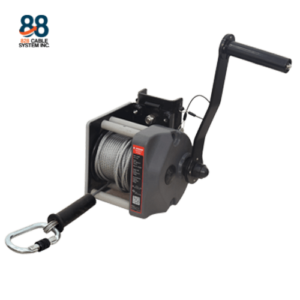Confined spaces, such as boilers, pressure vessels, and cargo holds, present unique safety challenges due to their restricted access and limited ventilation. Ensuring safety in these environments is crucial to protect workers from potential hazards. In this blog, we’ll explore effective strategies and essential equipment needed to ensure safety in confined spaces, helping you stay compliant with regulations and safeguard your team.
Understanding Confined Spaces
Confined spaces are areas that are not designed for continuous occupancy and have limited access, such as tanks, cargo holds, and void spaces. These environments can pose serious risks, including exposure to toxic gases, oxygen deficiency, and physical hazards. For instance, cargo holds on ships can trap hazardous fumes, while pressure vessels may involve high-pressure hazards. Statistics show that incidents in confined spaces often result in severe injuries or fatalities, underscoring the need for stringent safety measures.
Risk Assessment and Planning
Before entering a confined space, it’s vital to conduct a comprehensive risk assessment. Identify potential hazards such as toxic chemicals, low oxygen levels, and flammable substances. Developing a robust safety plan is essential, including procedures for entry, work, and emergency response. An entry permit should be obtained, detailing the nature of the work, hazards identified, and control measures in place. This plan ensures that all safety considerations are addressed before work begins.
Preventative Measures and Controls
Preventative measures should be prioritized over PPE, serving as the first line of defense. Proper ventilation is critical to maintain air quality and remove hazardous gases. Regular maintenance and inspection of confined space equipment help prevent failures. Implement safe work practices, such as ensuring proper training and adherence to safety protocols, to minimize risks.
The Role of Training and Awareness
Training is essential for anyone entering confined spaces. Workers should be educated on hazard recognition, safe work practices, and emergency procedures. Training programs should cover the use of PPE, operation of monitoring equipment, and response to emergencies. Regular refresher courses and drills ensure that skills and knowledge remain up-to-date, enhancing overall safety.
Takeaway
Ensuring safety in confined spaces requires a multifaceted approach, including thorough risk assessments, appropriate safety equipment, and effective preventative measures. By understanding the unique challenges of confined spaces and implementing best practices, organizations can create a safer working environment and reduce the risk of accidents. Ongoing vigilance and adherence to safety protocols are essential for maintaining a high standard of safety.

